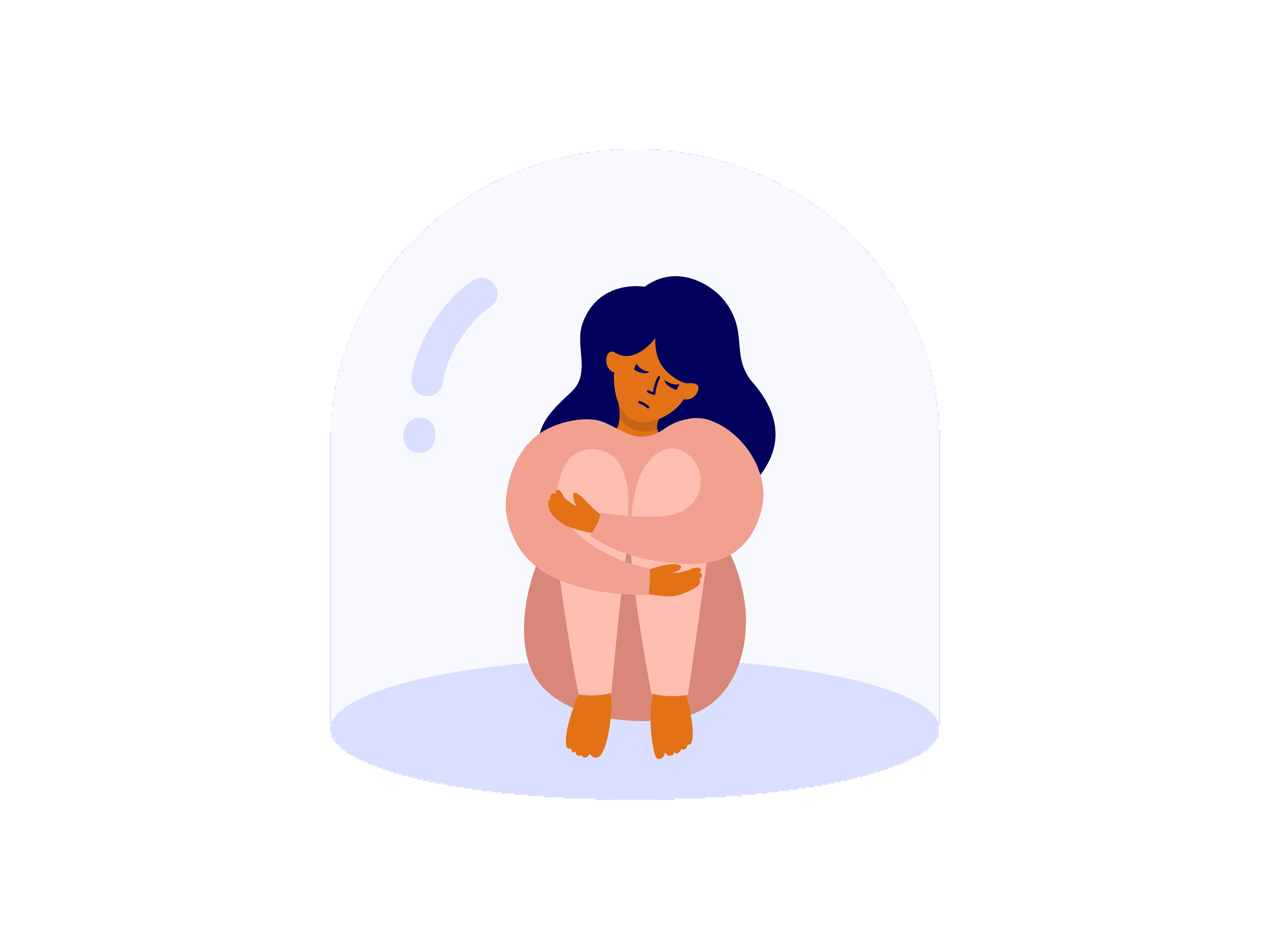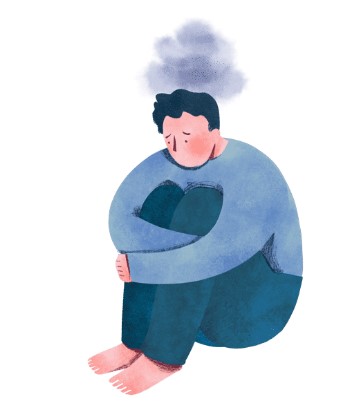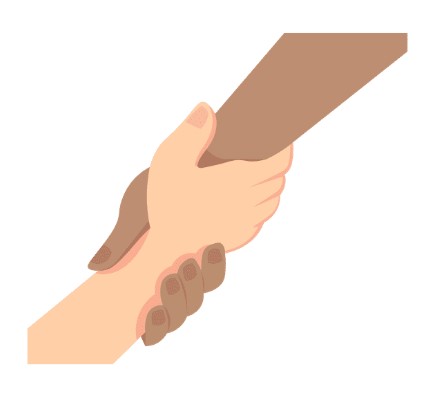Last reviews September 2023
- Adversity, Trauma & Resilience
- Campaigns
- Child Exploitation
- JTAI
- Managing Allegations and Concerns About Those Who Work or Volunteer with Children
- Neglect
- Key Safeguarding Forms, Tools, Standards & Frameworks
- Learning from Reviews & Audits
- One Minute Guides
- Procedures
- Safeguarding Babies & Infants
- Wakefield Child Death Arrangements
One Minute Guide to Controlling & Coercive Behaviour
What is Controlling and Coercive Behaviour?
Controlling and Coercive behaviour is a pattern of behaviour which aims to strip away the victim’s sense of self, their freedoms and choice. It is a common tactic used by perpetrators of domestic abuse but can often be difficult to identify by both the victim and professional. Anyone can be a victim of domestic abuse, regardless of gender, age, sexuality, religious beliefs, culture, marital status, with or without children. It should also be noted that anybody can be a perpetrator of domestic abuse.
In 2015 the Serious Crime Act created a new offence of Controlling and Coercive Behaviour. This means that victims, who experience psychological, coercive and emotional abuse, could see the perpetrators brought to justice. The offence carries a maximum penalty of five years’ imprisonment, a fine, or both. The Domestic Abuse Act 2021 extended and strengthened the offence to include post-separation abuse.
What kind of abusive behaviour might be taking place?
Abusers are likely to use a combination of many different types of abuse, which can leave the victim confused and unsure of their experiences. This is especially true of coercive control which can appear as a subtle form of abuse, often without physical violence. Coercive control is exerted by a range of behaviours which could include:
- Isolating a person from their friends, family and support network
- Use of threats and intimidation
- Depriving someone of their basic needs, such as food and medication
- Monitoring a victim’s time, online communication or stalking their movements
- Taking control of their daily life, where they can go, who they can see, what they can wear, using spyware
- Deliberately misleading or confusing a person
- Enforcing rules and activities which humiliate, degrade or dehumanise the victim
- Taking control of a person’s money and making them financially dependent
- Preventing someone from leaving the situation through threats and abuse
- Forcing someone to engage in sexual activities against their wishes
- Repeated criticism such as telling someone they are worthless
Domestic abuse will be a unique experience for each victim. Therefore, this is not an exhaustive list, and many other types of abusive tactics could be used.

-
Show details
 What are the effects of living with
What are the effects of living with
coercive control?Every victim/survivor’s experience will be different dependent on their personal circumstances. However, there are some well-known responses to the trauma of being subjected to coercive control:Confusion – a victim may not understand that their experience is abuse and they may spend a considerable amount of time trying to “fix” themselves. This may present as the victim defending and excusing the perpetrators behaviour
Fear – often credible threats are used to control and manipulate a victim. A credible threat is one that the victim themselves believes could become a reality
Mental health deterioration – coercive control can increase anxiety, depression as well as self-harm and suicide ideation. A victim may turn to unhelpful coping strategies, such as drug and alcohol use, to help them deal with the situation
Effect on decision making – the accumulative trauma of being subject to coercive control can leave the victim unable to make any decisions for themselves and any children. Even decisions which would be beneficial are nearly impossible for the victim to make and this could present as being obstructive, difficult or unwilling to cooperate with the help offered or even appear· to collude with the abuser
For children in a domestic abuse household there are greater risks to both emotional and physical safety. There is a positive correlation between domestic abuse, child abuse and the likelihood of a child suffering significant harm
-
Show details
 How to support someone affected by Coercive Control
How to support someone affected by Coercive Control
It is important to consider that just because the victim may not have been physically injured or suffered any physical violence in the relationship, coercive control is a significant risk factor. Evidence shows that the presence of coercive control increases risk of domestic homicide. A DASH Risk Identification Checklist should be completed to understand the level of risk involved.
One of the best ways to support a victim/survivor, is to understand how complicated coercive control can be and how the accumulative effects of abuse can produce a trauma response.Give the victim time to talk as this will help them process their experience
If your role is supporting the children from a household with coercive control, their behaviour may also be compromised as a reaction to the trauma, and they may need professional help to process their experiences
Do not expect someone in a trauma response to be able to make important decisions for themselves and any children without appropriate support
Aim to adopt a non-judgemental attitude while affording the victim positive regard and applying professional curiosity
Abusers can be very skilled in manipulation, not just of their victims but of any professionals involved. Be mindful of disguised compliance or the abuser shifting responsibility and blame onto the victim
It is important to try and give as much control and autonomy to the victim as possible. Empowering victims by talking through options and helping them come to a decision will counteract some of the trauma they have experienced
Work in partnership with other services so that information is shared and protection of victims is comprehensive and coordinated
Keep regular contact, be reliable, ensure you do what you say you will to build up rapport and trust. Supporting someone through these complex issues can be a long process and the same discussion may have to be held many times over
Risk is dynamic and can change at any time. It is important to review and revisit risk assessment in order to keep the victim and any children safe
Who do I need to contact?
It is important to support someone to get help from a specialist service as this is the best way to manage risk.
Local Authority’s inhouse domestic abuse service:
· Wakefield District Domestic Abuse Service (WDDAS) 0800 915 1561
Further information can be found here:
· Wakefield District Domestic Abuse Service - Wakefield Council
Training on Coercive Control:
· Domestic Abuse • Wakefield Safeguarding Children (wakefieldscp.org.uk) for more recorded training on Domestic Abuse


